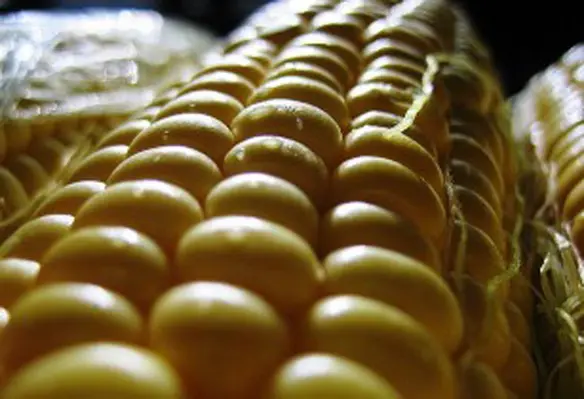The Philippines can secure a niche in the global chicken export market if it can reduce feed prices by producing more high-yielding Bt corn, according to experts
In a study undertaken for the Southeast Asian Regional Center for Graduate Study and Research in Agriculture (SEARCA) and supported by the Bureau of Agricultural Research (BAR) and the Philippine Rice Research Institute (PhilRice), it was found out that the country has been importing chicken minimally and may even succeed in being self-sufficient in chicken if it can sustain the growth in corn production.
Edilberto de Luna, chief of National Corn Program (NCP), said that with a huge stockpile of corn and the expected bumper harvest for Q1 2014, the country might be able to supply the feed ingredients that the poultry industry needs for the rest of the year.
De Luna credits the increase in corn production by farmers cultivating biotech corn for the achievement, noting that since 2003, the land devoted to Bacillus thuringiensis (Bt) corn had skyrocketed to 750,000 hectares. He added that the country used to import about one million metric tonnes (MMT) of corn to support the livestock industry.
The study on the Philippines’ poultry industry was part of the assessment entitled ‘Productivity Growth in Philippine Hog and Poultry Industries’.
SEARCA’s executive director Gil C. Saguiguit Jr., said, “Results showed that costs and revenues in the poultry sector expanded by 41.73 per cent over the six-year period, from 1994 to 2000. Higher output was the primary source of higher costs. With a growth rate of 37.65 per cent, output expanded more than two times faster than the input prices as a whole. The estimates also showed that total factor productivity total growth caused costs to be 12.72 per cent lower than what it should have been over the period.”





